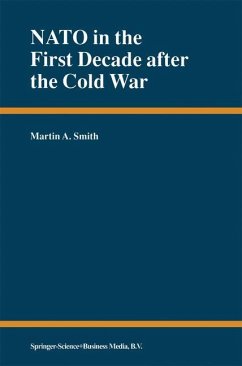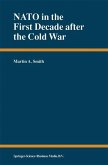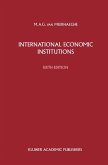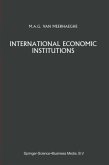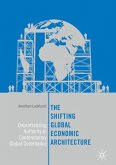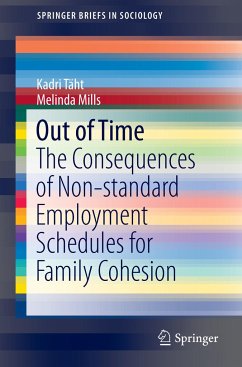This book offers an original and distinct analysis of NATO's post-Cold War evolution. Unlike so much of the available literature, it is not focused on what in the author's opinion NATO should be doing now that the Cold War is over. Rather, the author offers a comprehensive analysis and overview of the extent to which NATO can undertake new roles, tasks and missions in light of the extent to which it has retained significance and vitality as an international institution.
The book's originality also lies in the way in which the author discusses NATO's adaptation within a framework provided by international relations theory, and in particular concepts which stress the role and importance of transnational political processes and international regimes. So far these have been little used in the analysis of military security relations and institutions.
The book will be of interest to those researching and teaching international relations, European politics and security studies, as well as all those seeking a better understanding of the post-Cold War survival and development of a key international security institution.
The book's originality also lies in the way in which the author discusses NATO's adaptation within a framework provided by international relations theory, and in particular concepts which stress the role and importance of transnational political processes and international regimes. So far these have been little used in the analysis of military security relations and institutions.
The book will be of interest to those researching and teaching international relations, European politics and security studies, as well as all those seeking a better understanding of the post-Cold War survival and development of a key international security institution.

